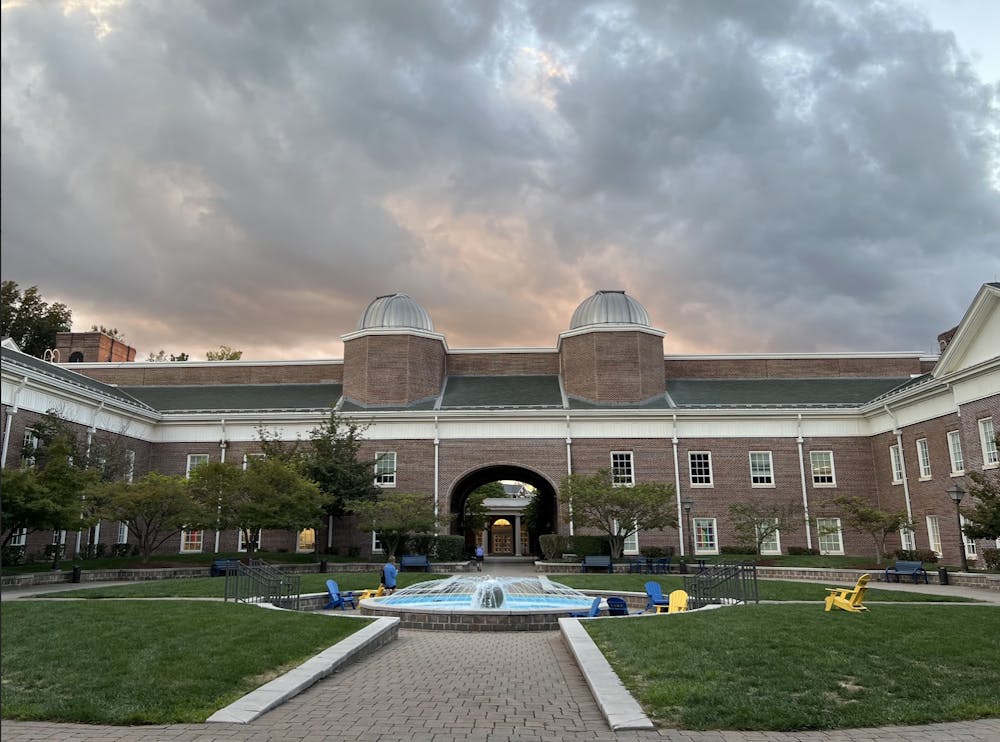By Alyssa DeSantis
Correspondent
This Halloween weekend appropriately featured a blood moon partial eclipse, and what better way to have seen it than through a captivating dome screen? For students interested in all things astronomy, the physics department is available to give students a closer look at the night sky with a planetarium located right on our campus.
Located on the fourth floor of the physics building, the planetarium is unbeknownst to most students, except those taking astronomy classes. For students not in these classes, the physics department hosts monthly shows.
“None of my friends have this same ability,” said Jules Morris, a junior marketing student who attended a show on Oct. 27. “So I think it’s really fun and interesting that we have access to these resources on our campus.”
To students and the surrounding community, all of whom are able to visit, the planetarium is regarded as one of the most special and distinctive parts of the campus. Used for Lions Day tours, the yearly Star Party hosted by the Physics Club every spring, and occasionally Alumni weekend and “Take Your Child to Work Day,” the planetarium holds a special place in our campus community.
“The planetarium also allows us to share our passion for astronomy and show members of the community…many of the really interesting and fascinating aspects of the night sky,” physics professor Lauranne Lanz said. “So all in all, it is a special tool that we hope we can share with many on campus via our classes and planetarium shows.”
The planetarium technicians use a website called Stellarium Web to look at the night sky through the immersive dome screen. The shows feature not only close-up images of solar structures like Jupiter, Saturn, Uranus and the moon, but information about what composes different constellations and their origin stories that ancient astronomers would have told.
The show is not just entertaining, but educational as well. Things like supernovas, nebulas and black holes are described in an accessible way for people who may only have a basic understanding of concepts in astronomy.
“I’ve always thought astronomy was interesting because I like astrology and constellations, but I never really knew how to learn more about it,” Jules said. “It’s really cool that this opportunity is available to us.”
For students in astronomy classes, including PHY162 and PHY163, the planetarium is an asset and an important teaching tool in core classes introducing astronomy, solar systems and stars, and galaxies, Dr. Lanz said.
“The planetarium is a special tool, which is not common on college campuses, and provides a unique 3-dimensional view of the night sky. It allows us to speed up or slow down time,” Dr. Lanz said. “We can also change our perspective, looking at the Earth from the Moon or zooming outwards to see where we are within the Milky Way as a whole. We can also add overlays showing coordinate systems or teaching students how to find constellations and measure their positions in the sky.”
The next two planetarium shows will be on Nov. 17 and Dec. 1 and are available to all students and the surrounding College community. Students who are interested in attending can RSVP to a showing on the department’s website.







